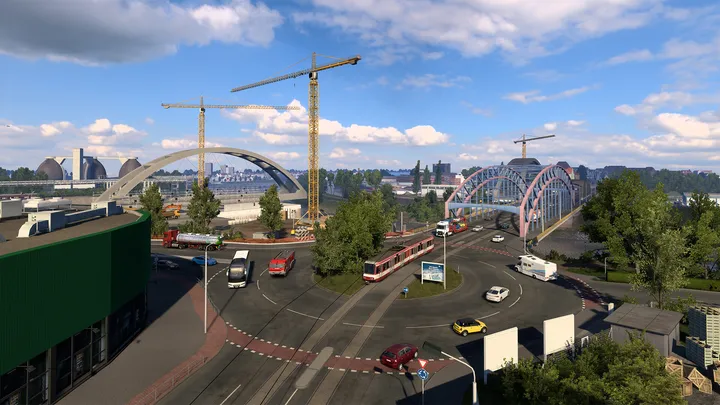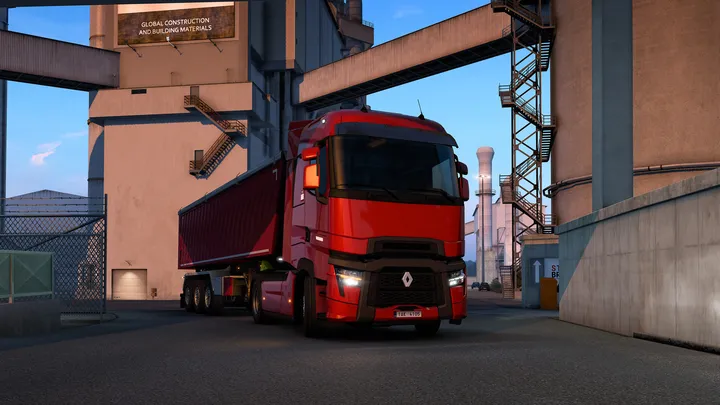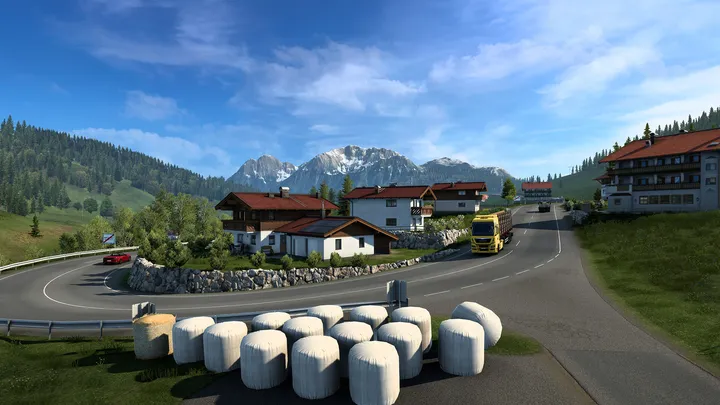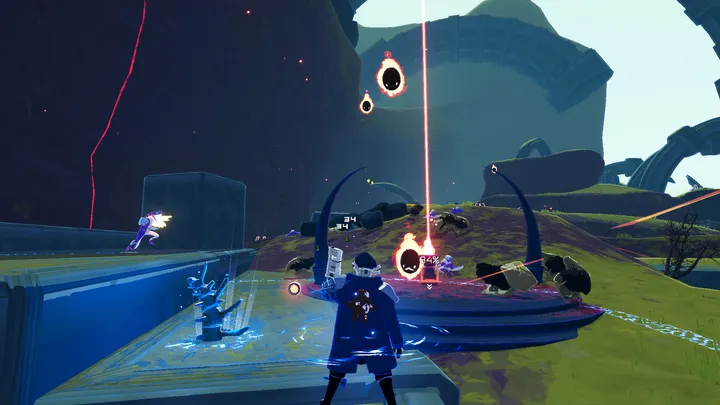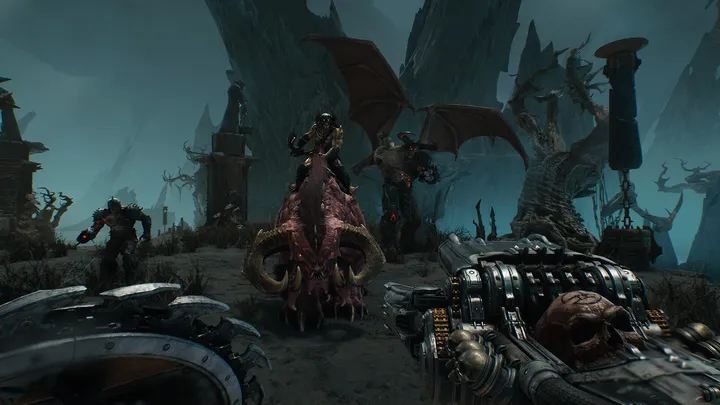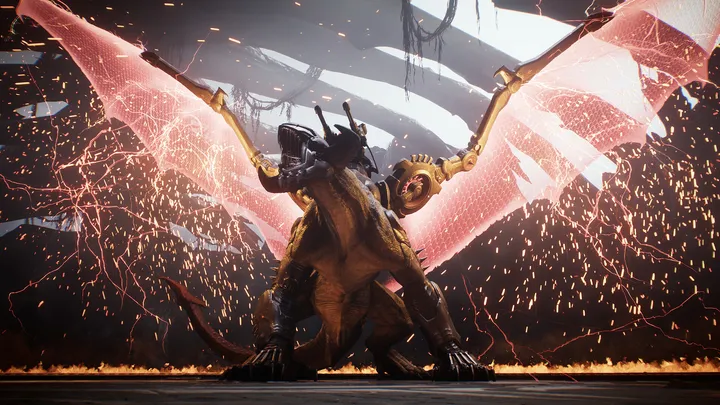RV There Yet? is a multiplayer co-op simulator that turns a simple road trip into an exercise in teamwork, physics mastery, and strategic improvisation. Players must control a single RV across treacherous terrain, facing unpredictable obstacles and environmental hazards. The game is deceptively chaotic, blending humor with real-time problem-solving. This article explores one key aspect: how the game’s physics-driven cooperative mechanics redefine multiplayer interaction.
1. The Core Premise: Shared Vehicle, Shared Responsibility
Unlike most games where each player controls an independent character or vehicle, RV There Yet? requires players to coordinate around a single RV. Driver, winch operator, mechanic, and navigator roles must synchronize. Every movement depends on communication; a mistake by one affects all. This shared responsibility turns simple driving into a cooperative survival puzzle.
Physics as a Challenge
The RV handles like a heavy, unwieldy beast. Acceleration, braking, and weight transfer respond realistically to terrain. Steering errors can lead to tipping, sliding, or collisions, making teamwork essential.

2. Terrain as an Active Hazard
Each terrain type—mud, rocks, slopes, shallow water—affects RV behavior. The game’s physics engine simulates traction, suspension stress, and vehicle momentum. Smooth roads are forgiving, but uneven, muddy paths demand precise coordination.
Environmental Obstacles
Fallen logs, rivers, and cliffside edges amplify risk. Players must plan routes, anticipate weight shifts, and adjust gear ratios, combining technical driving with team strategy.
3. The Winch Mechanic: A Puzzle in Motion
The RV’s front and rear winches are essential for navigating obstacles. Correctly anchoring and tensioning cables requires precision; too much pull risks snapping, too little causes sliding. Coordination between driver and winch operator often determines success in tight spots.
Strategic Usage
Players learn to balance pull tension, anchor selection, and vehicle angle, transforming each obstacle into a mini-puzzle of timing and physics.
4. Resource and Vehicle Management
RV There Yet? treats the vehicle as fragile. Fuel, tires, engine condition, and cargo all require monitoring. Neglecting maintenance can end a run abruptly, forcing players to balance speed with care.
Risk vs. Reward
Pushing the RV to extreme limits may save time but increases chances of mechanical failure. Successful teams learn to manage resources efficiently under pressure.

5. Player Roles and Specialization
Team members naturally assume roles: driver, navigator, winch operator, and mechanic. Role specialization improves efficiency but demands trust. Miscommunication can lead to humorous or catastrophic failures, reinforcing the game’s chaotic charm.
Emergent Gameplay
Players develop strategies organically, from signaling turns to pre-planning winch maneuvers, turning each session into a unique social experiment.
6. Cooperative Chaos and Emergent Fun
The combination of realistic physics and shared control generates unpredictable, emergent gameplay. Accidents, misfires, and creative problem-solving create stories unique to each team.
Humor Through Failure
Unexpected flips, RV teetering on cliffs, or wildlife encounters produce humor while reinforcing teamwork and communication lessons.
7. Environmental Storytelling
While primarily focused on physics and cooperation, RV There Yet? embeds narrative cues within its environment. Abandoned camps, wrecks, and signs hint at previous travelers’ struggles, enhancing immersion without relying on dialogue.
Contextual Learning
Players interpret environmental cues to anticipate hazards, reinforcing observation and strategic planning skills.
8. Scaling Difficulty Through Terrain Complexity
The game gradually increases challenge by introducing more complex terrain: steeper slopes, rivers, and narrow passes. This creates a learning curve that emphasizes team coordination and mastery of mechanics.
Early vs. Late Game
Early terrain allows exploration and experimentation. Late-game regions demand precise timing, resource management, and flawless teamwork.
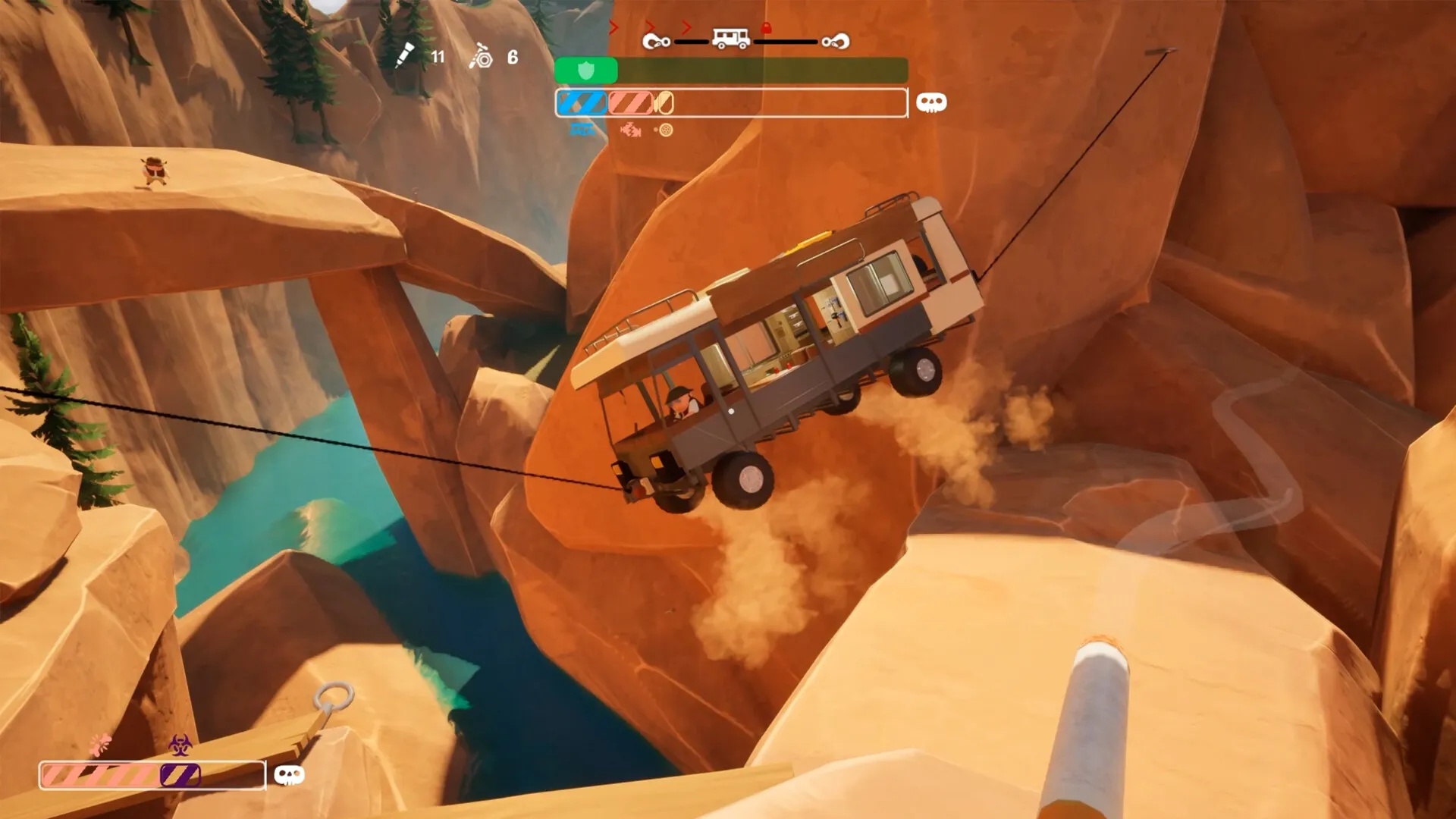
9. Psychological Engagement
RV There Yet? engages players emotionally through risk, reward, and shared responsibility. Tension builds during precarious maneuvers; relief and humor follow successful navigation.
Social Interaction
The cooperative chaos fosters camaraderie, requiring clear communication and sometimes quick improvisation. Failures strengthen group dynamics and create memorable experiences.
10. Mastery and Replayability
Mastering RV There Yet? involves understanding terrain physics, vehicle mechanics, and team coordination. Even experienced players encounter new challenges, thanks to dynamic terrain, variable weather, and unpredictable obstacles.
Continuous Challenge
Randomized environmental hazards and emergent interactions ensure each playthrough remains fresh, encouraging repeated cooperative experimentation.
Conclusion
RV There Yet? transforms a simple road trip into a cooperative physics challenge. Its combination of shared vehicle control, dynamic terrain, and emergent chaos creates a uniquely social and mechanical experience. Success requires communication, strategy, improvisation, and trust, making every session both challenging and hilariously rewarding.









